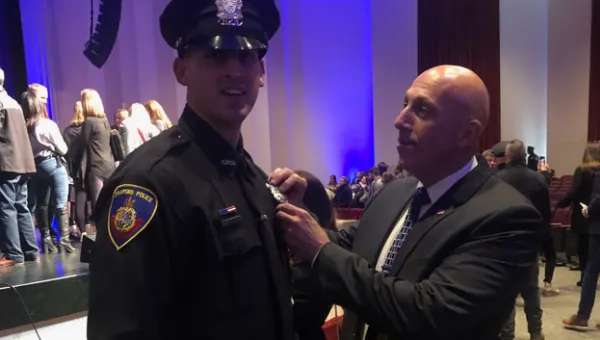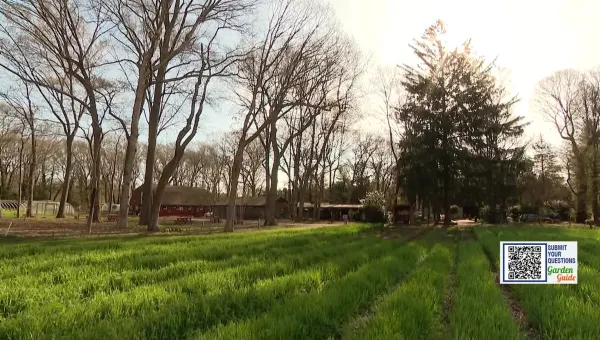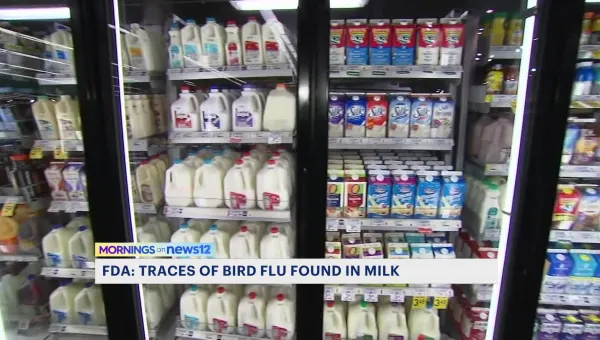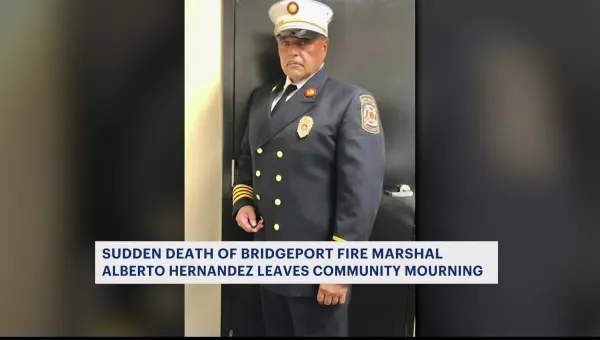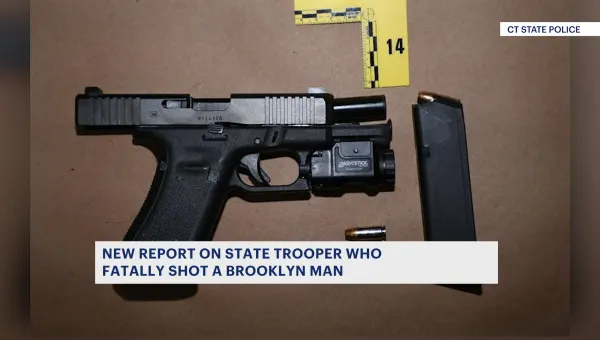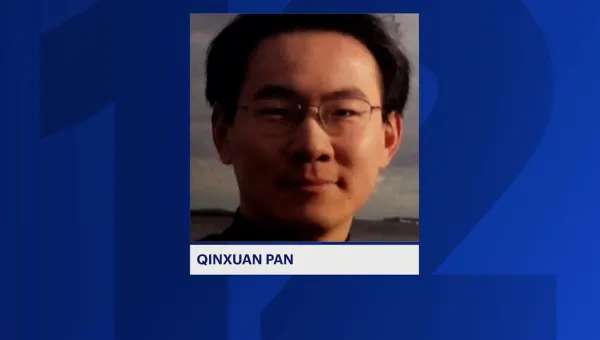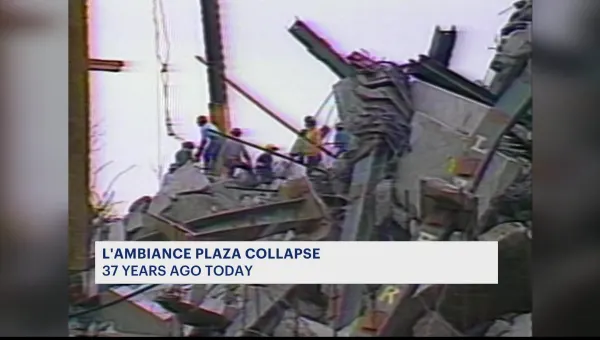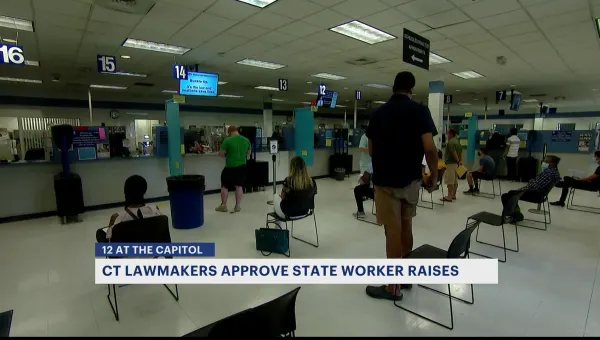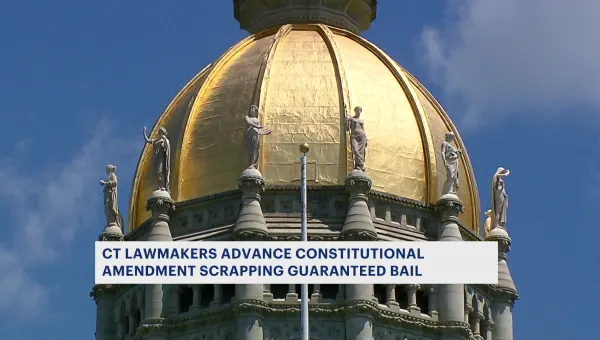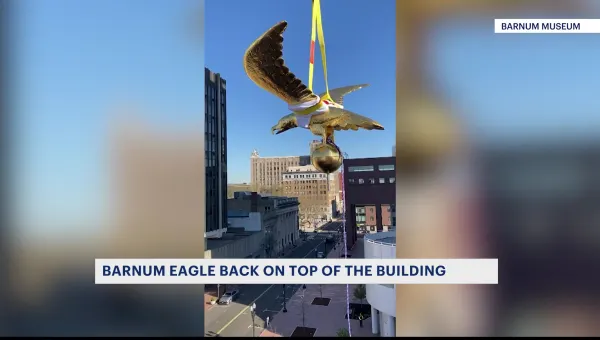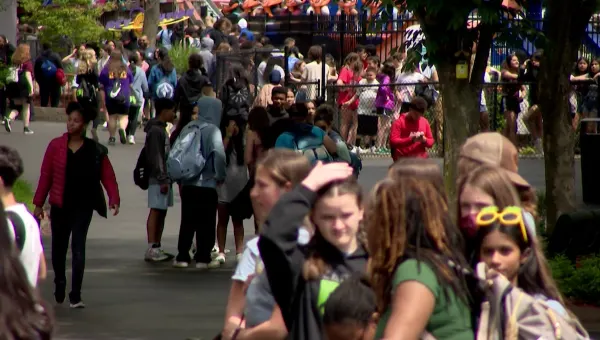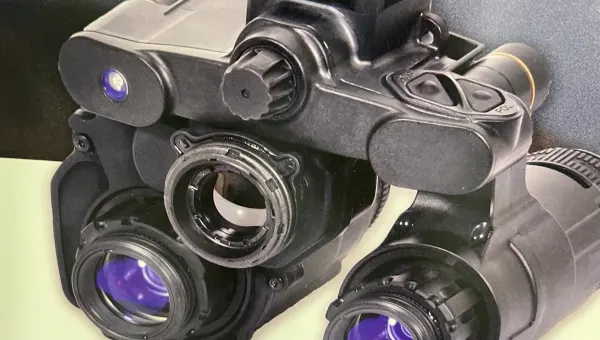NTSB: Sleep apnea, speed cited in LIRR, NJ train crashes
<p>The engineers of two commuter trains that slammed into stations in the last year - killing one person and injuring more than 200 others - were both suffering from undiagnosed sleep apnea and have no memory of the crashes, according to investigative documents made public Thursday.</p>
News 12 Staff
•
Sep 21, 2017, 8:41 PM
•
Updated 2,406 days ago
Share:

By MICHAEL R. SISAK and JOAN LOWY
Associated Press
Associated Press
The engineers of two commuter trains that slammed into stations in the last year - killing one person and injuring more than 200 others - were both suffering from undiagnosed sleep apnea and have no memory of the crashes, according to investigative documents made public Thursday.
Both trains were going more than double the speed limit and crashed at stations that had been exempted from federal regulations requiring automatic speed controls that could've slowed or stopped them.
The National Transportation Safety Board said the common circumstances of the Sept. 29, 2016, New Jersey Transit crash in Hoboken, New Jersey, and the Jan. 4, 2017, Long Island Rail Road crash in Brooklyn warranted combining findings and recommendations in a single report to be released early next year.
The 2,500 pages of documents released Thursday, including medical reports and interview transcripts, offer a glimpse into what investigators have learned, but don't include conclusions on what caused the crashes.
The sleep apnea findings reignited the debate over testing for the rest-stealing disorder in train engineers, with Senate Minority Leader Chuck Schumer, D-N.Y., pushing for government-mandated screenings. Schumer called the Trump administration's decision last month to abandon a testing requirement "unconscionable."
"We can't have train engineers with undiagnosed sleep apnea at risk of falling asleep at the switch," Schumer said.
Sleep apnea is especially troubling in the transportation industry because sufferers are repeatedly awakened as their airway closes and their breathing stops, leading to dangerous daytime drowsiness.
The NTSB has cited sleep apnea in the probable cause of 10 highway and rail accidents in the past 17 years, including an undiagnosed case in the engineer of a Metro-North commuter train that sped into a 30 mph curve at 82 mph and crashed in New York City in 2013, killing four people.
The Hoboken and Brooklyn engineers both had the sleep apnea risk factor of being morbidly obese, but weren't diagnosed with the disorder until after the crashes, according to the NTSB documents. NJ Transit had a screening program at the time of the Hoboken crash. The LIRR's started after the Brooklyn crash. Both engineers are now being treated with pressurized breathing masks.
NJ Transit engineer Thomas Gallagher - 6-foot and 322 pounds around the time of the crash - told investigators he only remembered looking at his watch and the speedometer and activating the horn and bell before his packed rush-hour train slammed into Hoboken Terminal. Gallagher, then 48, told investigators the next thing he remembered was a "loud bang."
A conductor standing on a platform told investigators he couldn't see the engineer through the cab window as the train rumbled into the station at more than double the 10 mph speed limit, indicating Gallagher may have slumped down or fallen.
Falling debris from the impact killed a woman standing on a platform. About 110 people aboard the train were hurt.
After the crash, NJ Transit lowered the speed limit at the terminal to 5 mph and ordered conductors to stand in the front of the train and act as a second set of eyes for engineers when entering the station.
LIRR engineer Michael Bakalo, 5-foot-10 and 275 pounds around the time of the crash, told investigators he only remembered approaching the terminal and then getting thrown from his seat in the crash. The train was going 13 mph in a 5 mph curve when it hit a bumping post at the end of the tracks, according to train data.
The LIRR has had 17 instances of trains striking terminal bumpers since 1996, including one incident of an engineer falling asleep and four other incidents attributed to "unknown human factor" on a list the railroad supplied to the NTSB.
Bakalo, 50 at the time, said he wasn't aware of the impending crash, which launched the lead car into the air and on top of the concrete platform. More than 100 people were hurt.
"I didn't know what the hell was going on," Bakalo said. "I remember being thrown from the seat because I was into the dashboard area, and just, you know, screaming and smoke, and people were laying on the floor in front of me."
Engineer Stephen Outlaw saw the crash from the platform.
"I'm watching the train, I'm just standing there, the first car went past me and I thought to myself that's pretty fast for Track 6," Outlaw said, according to a transcript of his interview with investigators.
"So I'm waiting to see, like, when the brakes come on," he said. "And then the third car went past me and I said, 'No, this is not going to work.'"
Moments later, he said, there was a loud explosion and smoke.
(Copyright 2017 The Associated Press. All rights reserved. This material may not be published, broadcast, rewritten or redistributed.)

